We know, chili is everywhere and candy is no exception! Today, we uncover the scientific—and not so scientific—reasons why Mexicans can’t get enough of spicy candy.
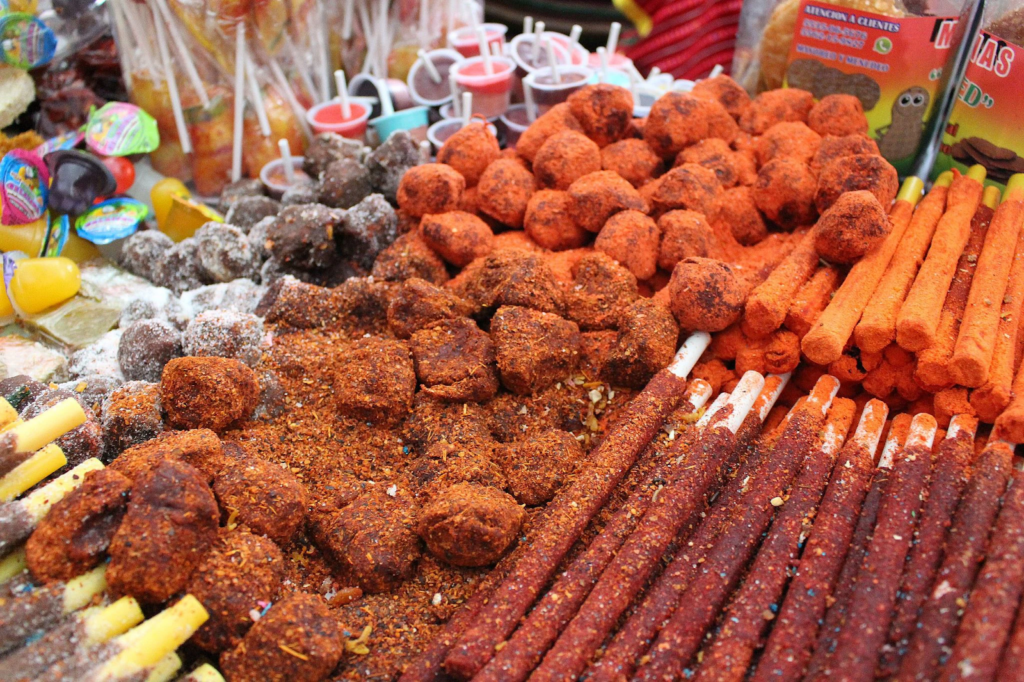
You can easily spot long lines of foreigners and transplants outside taquerías in New York, tortillerias in Paris, and burrito stands in Stockholm. Do they fight over spicy Mexican candy? Not so much.
There’s no denying that chili powder is a key ingredient in the flavor of Mexican cuisine. Any type of food is just another surface for us to sprinkle and drench in hot sauces and tangy powders.
We get it. It’s not for everyone. Spice is probably already in our DNA and passed down from one generation to the next.
But what exactly makes our palette so different from other cultures that candy isn’t even safe from our obsession with chili? Let’s dive in.
1. Pain, according to science.
Wait, are Mexicans masochists? Science says we definitely are.
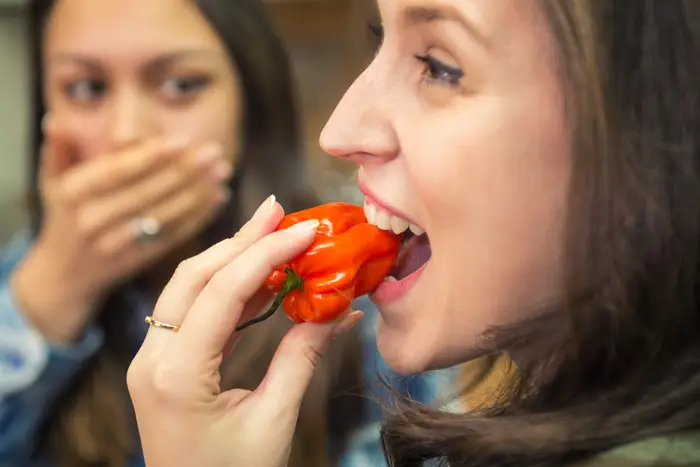
You could say that when it comes to spicy food and hot peppers, Mexicans are addicted. Our cuisine has a distinct flavor that many people around the world recognize, especially our sauces and other chili byproducts.
First, it helps to understand why food feels spicy: capsaicin.
Capsaicin is a molecular compound in chili peppers that causes the sensation of heat. The receptors in your mouth and tongue that sense hot temperatures and pain are the same receptors that are irritated when consuming spicy foods.
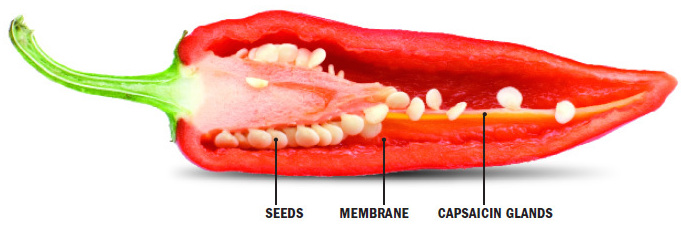
This is why people sweat when eating spicy foods—Mexican or not. Ad, since the receptors in your mouth believe it is actually heat, your body starts sweating to bring its temperature back down.
Word of advice: if you eat something with chili and it’s too hot, DO NOT drink water. Capsaicin is oil-based, so water will only spread it.
Despite all that, and depending on a person’s individual taste receptors, many of us truly enjoy spicy food.
In truth, scientists don’t know how people acquired the taste for such torturous food.
Evidence suggests that pepper plants developed capsaicin to discourage mammals from eating them by making their fruits (peppers) very painful. In fact, humans are the only animals that willingly consume irritating, uncomfortable, and even painful foods.
In Mexico, we eat spicy food until we cry. Spicy sweets, spicy meals and spicy sauces. Our love for spicy food unites us.
So, what exactly causes Mexicans to love spice at such painful cost?
In a 1980s study, researchers found that many people who actively seek out greater challenges concerning spices and heat, are the same people who enjoy activities that give them an adrenaline rush.
Adrenaline is a hormone your adrenal glands make to help you prepare for stressful or dangerous situations. This stress hormone gets your body ready for a “fight or flight” response, therefore an adrenaline rush can feel like anxiousness, nervousness, or pure excitement.
Because the heat and pain you experience from spices cause no actual physical damage, there’s a certain thrill to be had in testing your limits. Dr. Paul Rozin, professor of psychology at the University of Pennsylvania, argues that people use spicy foods as a type of benign masochism.
Eating spicy foods triggers a mild defense response in us: our heart rates rise, our breathing increases, and our adrenaline starts to flow. We feel alive. Think of it as the same thrill-seeking behavior to bungee jumping, roller coasters, and horror movies.

Capsaicin also stimulates the release of endorphins—a neurotransmitter that generates feelings of happiness and is perceived by our brain in a similar way to addictive substances. So, it’s not the spiciness that’s addictive, it’s the effect that it has on our brain.
So, yes, Mexicans may be thrill-seeking, masochists, but we’re alive—and it feels so good.
2. Our DNA—no joke!
Mexicans have loved the sharp burn of chili since ancient times. Research indicates that the plants were first domesticated in Mexico, with at least 100 types of chili plants in the country.
Chili peppers have been used in Mesoamerican food for several thousand years and remain an important part of our diet along with corn, chocolate, avocado, many varieties of bean, squash, and cactus, among other things we can still find today.
Spicy foods are indeed an acquired taste—literally.
A 2012 study found that there was a common genetic factor that regulated responses to spicy foods, concluding that spice tolerance does have ties to genetics.
In other words, your reaction to heat and capsaicin has to do with what you’ve inherited.
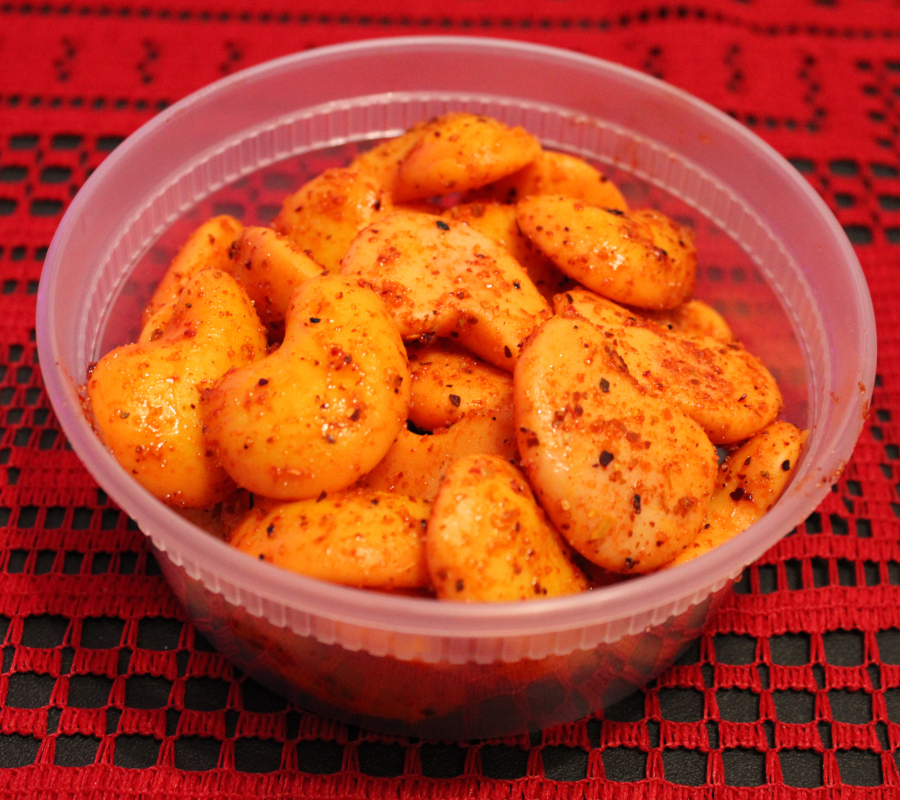
Therefore, if your mom snacked on spicy Chamoy Manguitos chances are you were born with more capsaicin receptors than the average baby giving you an above average built-in tolerance for heat.
¡Gracias Madre!
3. Cultural Heritage.
Mexican culture is rich and diverse. For this reason, our food—savory and sweet—will naturally be complex and full of interesting layers of flavor. We just can’t get enough!
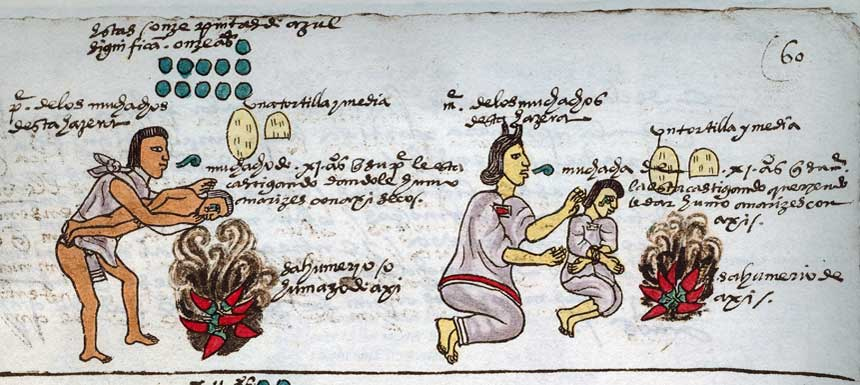
When Europeans began to invade Mexico and other countries in the Americas, it opened up possibilities to import new foods, such as the introduction of processed sugar. When it came to sugar-based candy, it is no secret that spices and chilies played an integral part in trying to hold on to our roots.
Beyond our genetic build, our love for spicy candy is in our personality.
According to chili pepper historian Dave Dewitt, cultures featuring capsaicin-rich foods are more likely to make positive associations with spice, which get passed on to children.
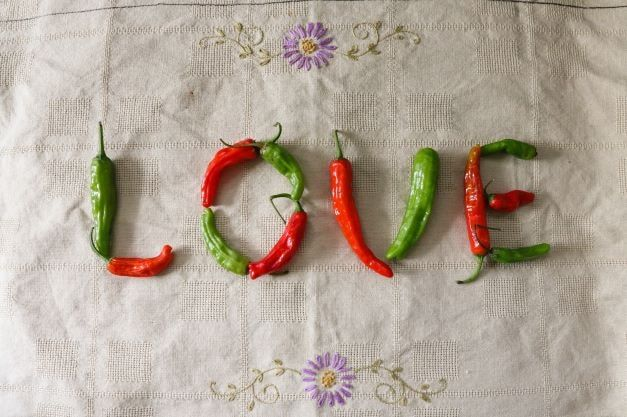
This is a phenomenon known as context effect, where repeated consumption can change an individual’s internal guide as to what is and is not spicy. In other words, people who eat spicy food more frequently find it more pleasurable compared to people that don’t.
Therefore, our personality, shaped by both genetics, culture and surroundings, plays a key role in liking spicy foods.
It’s not just a Mexican personality trait, millions of babies across the world are introduced to spicy foods since they’re young.
It is tradition in Libya for an immediate family member to smudge cayenne pepper on a newborn’s nose within the first three days of birth.
Indian babies are introduced to curry and other spices as soon as they’re ready to eat solids, while in South Korea chili twine will be given to boy babies to play with and ward off evil spirits.
Even though not all delicious Mexican candy is spicy, chili powders, chamoy, and salty tamarind treats are a distinct and flavorful part of our cultural heritage.
Layers of spicy chili powder mixed with sweet, salty, and sour flavors create a mouth-watering ride.
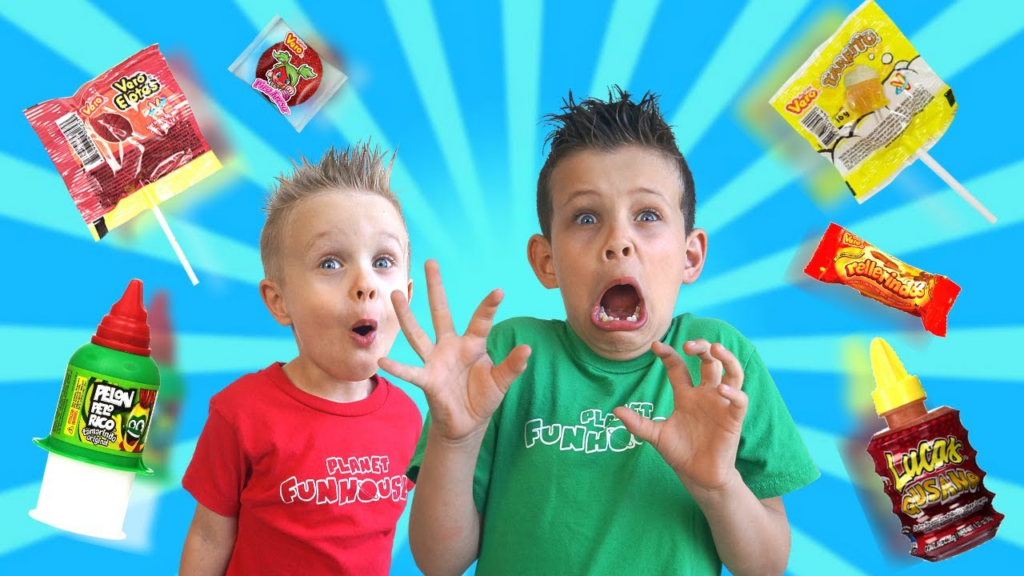
Chili and salt bring out the sweetness in candy, so it’s no surprise to find a Mexican three-year-old snacking on chili powder or a spicy covered, watermelon-shaped lollipop. We call spice a character builder.
You just gotta see it to believe it!
